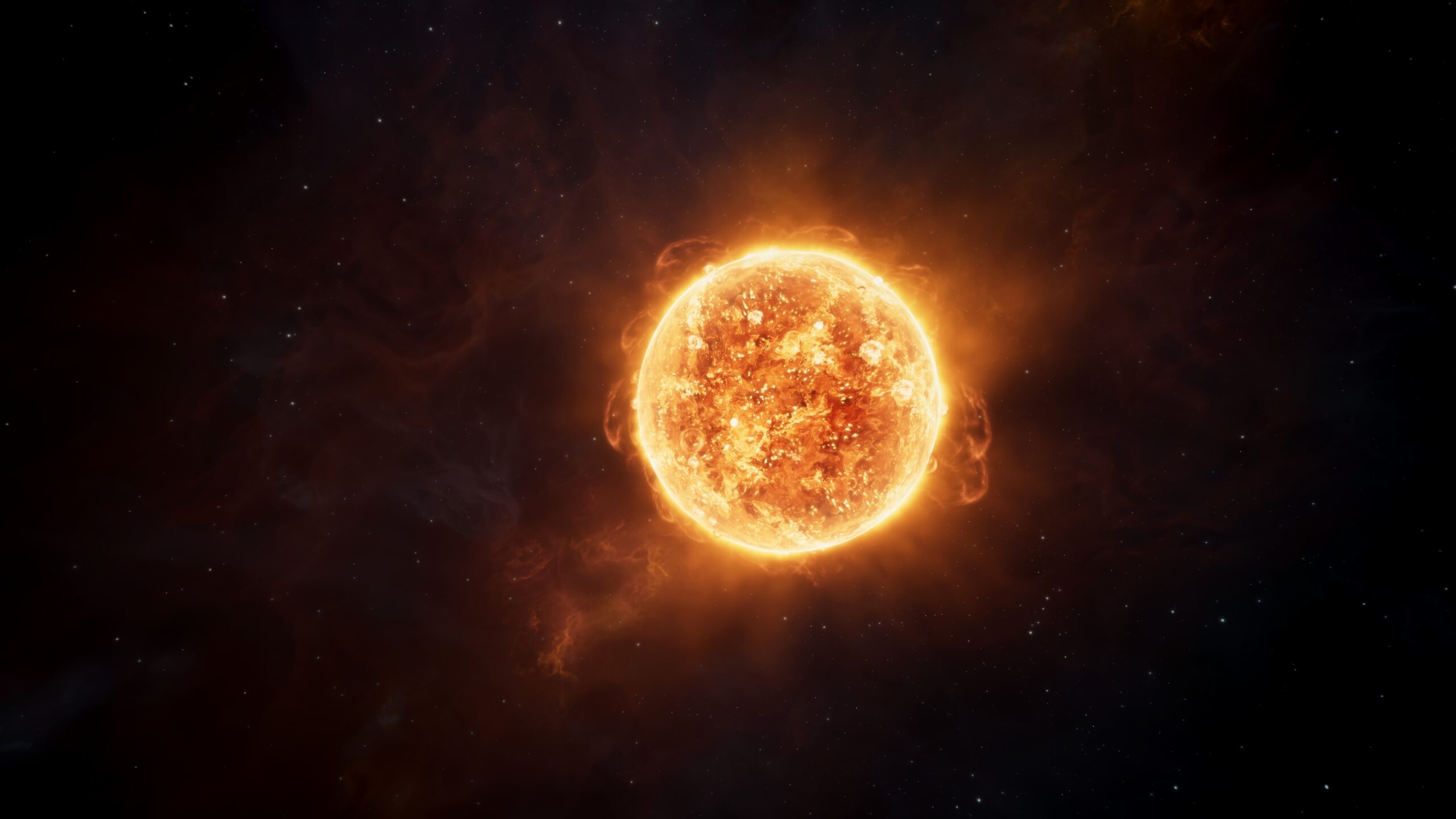It’s been called the world’s biggest scientific experiment: a massive reactor that could finally demonstrate a ‘working’ version of fusion power, and in theory end the planet’s search for clean, limitless energy.
To some, nuclear fusion – the reaction that powers the sun, rather than its troubled cousin fission that fuels the atomic bomb – will always be an impossible dream. Fusion-based energy that can operate at manageable temperatures (rather than those at the heart of star) has been a Holy Grail of nuclear scientists for decades. Its promise of clean, almost limitless energy has remained infuriatingly difficult to bring to reality, so vast and intractable are the challenges facing it.
Last year, scientists in the UK-based JET laboratory excitedly celebrated a victory that typified the world of the fusion advocate. Their experiments generated 69 megajoules of energy over five seconds, more than ever created in any other experiment and enough to heat… a few bathfuls of water. (In fairness, still a major achievement.)
The successful generation of viable, economic and genuinely useful amounts of energy still seems ages away, despite the huge amount of effort and ingenuity that has gone into fusion research so far. It is not hard to find detractors in the academic sphere who think the pursuit of fusion is a scientific fool’s errand, and that the money spent chasing it could be better employed on green energy projects elsewhere.
A project for all mankind?
And yet fusion occupies a unique position among scientific endeavours. It is currently at the heart of the single biggest collaboration of international scientists and their nation states since the International Space Station.
ITER (‘The Way’ in Latin) is under construction next to Cadarache in southern France, the largest energy research centre in Europe. When completed, it will be the biggest fusion reactor in the world (there are around 100 of them currently), six times the size of the next in line, the JT- 60SA in Japan.
Its long-term target – very simply put – is to get ten times as much heat out of a fusion reaction as is put in to energise the plasma.
In so doing it will prove the viability of fusion, test the technologies and practicalities of making it work, and verify the safety of such a reactor. ITER is not intended to ever generate electricity, but instead describes itself as “the key experimental step between today’s fusion research machines and tomorrow’s fusion power plants”.
It could likely be the most complicated – and expensive – scientific experiment in human history, involving the collaboration of 33 countries, including China, the European Union, India, Japan, Korea, Russia and the United States. The only other project at such scale was the ISS (which came in around $150bn).
Could ITER beat that figure? In truth, no-one knows for sure. The project formerly began in 2006 with $6bn of funding and a switch on date of 2016. That figure and date are long past, and official updates on cost and timeline are hard to find. Figures of $45bn to $65bn have been thrown around (though disputed). Not long ago, an investigation in Scientific American claimed the project was decades behind schedule, billions over budget, and in the words of the journal’s tough verdict “in big trouble.” The UK recently withdrew its involvement and is pursuing its own experiments; a move, it’s feared, might spook other nations into reconsidering their position in the face of ITER’s escalating costs.
Undaunted and still determined
Yet the passion for ITER has not dwindled. At its heart is the creation of the world’s largest tokamak. This is, effectively, a magnetic trap for plasma that can contain it within an intense magnetic field, so it can be ‘burned’ at temperatures that theoretically will generate more energy through heat, than required to maintain the magnetic fields. (Again, with apologies to ITER scientists, a very simplified explanation.)
The primary experimental objective of ITER is the study of burning plasma, at the point where the energy of the helium nuclei produced by the fusion reactions is sufficient to maintain the temperature of the plasma, without needing external heat, and therefore energy.
Where are we now?
Last year saw the completion of the huge civil engineering project that will house the tokamak (a milestone ITER was probably relieved to see). This year, focus turned to the daunting challenge of finishing the tokamak itself, a bottom-up process that started with the 1,250-tonne cryostat base, installed in 2020, and will end in…who can say? The official ITER website mentions a date of 2035 for initial deuterium-tritium operation, but hedged around with many caveats, such that a true starting date is almost
impossible to pin down. Considering the revolutionary challenges involved, that’s perhaps not unreasonable.
ITER continues to face enormous technical, scientific and potentially political hurdles, always presuming, even when completed, that it proves the theories it is setting out to test.
But if it does, it could, just, have the biggest impact on humanity’s future since a certain J Robert Oppenheimer completed his own nuclear experiment 80 years ago.





